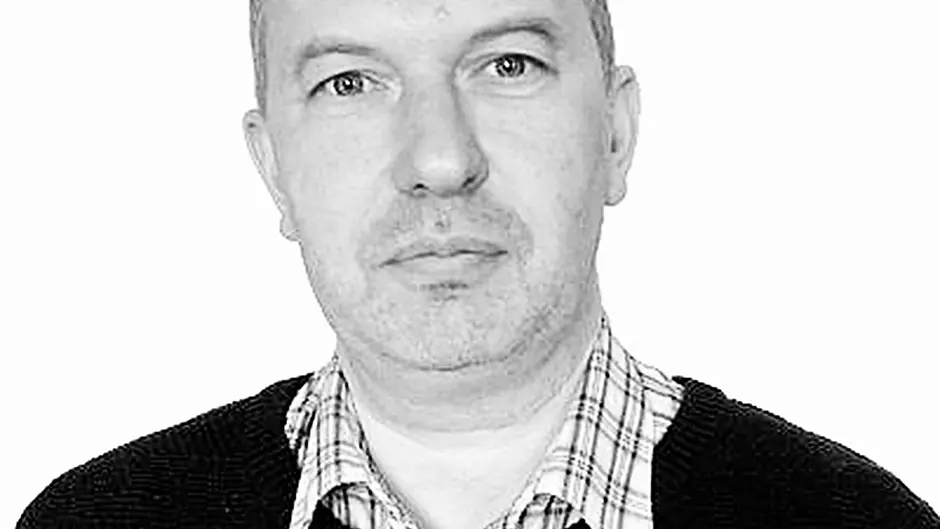The local political scene in West Cork will change dramatically at the 2019 Local Elections; in part due to the knock-on effects of the changes to the Cork city-county boundary line, in part due to major changes to the local elec
The local political scene in West Cork will change dramatically at the 2019 Local Elections; in part due to the knock-on effects of the changes to the Cork city-county boundary line, in part due to major changes to the local election constituency boundaries and in part due to significant changes to the personnel contesting these elections.
The decision to enlarge the Cork city area at the expense of the county has had one positive dimension for representation levels in Cork county. The number of seats accorded to the electoral areas across the county have remained the same irrespective of a population transfer out of the county of roughly 85,000 people due to the impact of this boundary review. This means that the average representation levels across the county have increased notably and this effectively means extra council seats for the West Cork area.
This does not admittedly compensate for the dramatic loss of representation that this area experienced at the 2014 election, where the abolition of the Bantry, Bandon, Skibbereen and Clonakilty Town Councils was heightened further by an overall reduction in the number of county councillors across this area.
The shape of the local election constituencies, which will be used for the May elections, will be different to those that were used five years ago, but particularly in relation to the old eight-seat West Cork electoral area. This was a logistically challenging terrain to campaign and for county councillors to operate in. Covering an estimated area of 2,195 square kilometres (making it the third largest electoral area in the State in 2014 after South and West Kerry and West Mayo) and travelling from one side of the constituency (Lamb’s Head) to the other (Courtmasherry) required a car journey of around two-and-a-half hours. These logistical challenges prompted the latest review of local election boundaries to exclude eight, nine and 10-seat constituencies as an option, while once again allowing for the creation of four and five-seat constituencies (and even three-seaters in certain circumstances).
This, hence, required the West Cork electoral area to be split in two; between a Bantry-West Cork four-seater and Skibbereen-West Cork (named as Clonakilty-Skibbereen in the initial draft of the report, but subsequently renamed) five-seater.
Parts of the old West Cork electoral area have also been hived off into Bandon-Kinsale and Macrooom. While seat levels remain as they were in 2014 in Bandon-Kinsale and Macroom (Blarney-Macroom in 2014), there have been significant territory transfers into, and out of, these constituencies, effectively making these somewhat more rural in scope.
The six-seat Carrigaline electoral area is very different to the Ballincollig-Carrigaline 10-seater that this succeeds, losing territory due to the expansion of the Cork city boundary, but gaining territory (at the same time) from Bandon-Kinsale.
These changes to constituency boundaries can create opportunity spaces for new candidates to compete for seats. An obvious example here relates to the new Bantry-West Cork electoral area. Candidates based in this area accounted for three of the seats won in West Cork in 2014, meaning that an extra seat is effectively ‘up for grabs’ in this new four-seat electoral area.
By contrast, ‘when folk draw a new boundary line, some political careers go into decline’. Given how localised support patterns are in Ireland, but especially in rural Ireland, a new boundary line that passes through, or close by, a politician’s local support base offers significant challenges to them in trying to retain their Dáil/Council seat.
In many cases, an unfortunate boundary redrawal can end a politician’s career, or at least suspend this until a more favourable boundary revision acts in their favour. If a boundary line passes near, or even through (as with Carrigaline in 2014), a town, this will put pressure on candidates with bases in, or close to, that town, especially as part of their natural support base gets hived off into another constituency. For instance, the main towns in Skibbereen-West Cork (Clonakilty, Skibbereen and Dunmanway) all find themselves located very close to the new constituency boundary. As a result, new Social Democrat Bantry-West Cork candidate, Holly Cairns, for instance, finds that her local town, Skibbereen, lies in a neighbouring constituency, while candidates in the Clonakilty area, such as Sinn Féin’s Paul Hayes in Courtmacsherry, will lose part of their local support base to neighbouring Bandon-Kinsale.
The political landscape in West Cork is also very different in 2019 due to changes in the candidates contesting these electoral areas. The high number of incumbents who contested the 2014 election – prompted to a large degree by the reduction in county councillors and the abolition of town councils ahead of that contest – will not be a feature of May’s elections. In some cases - due to retirements or the knock-on effects of changes to the city-county boundary and to local election constituencies – the number of incumbents contesting certain electoral areas will be lower than the number of seats on offer. This, naturally, opens up an opportunity for new candidates to make a breakthrough, over and above the opportunity of winning seats off, generally well-established, sitting councillors. The old West Cork electoral area again offers a useful example here.
In 2014, 10 sitting county councillors (including six Fine Gael councillors) and two town councillors contested this electoral area, with the level of competition further ramped up by the strong electoral performances of Michael Collins and Paul Hayes.
By contrast, at least three of the eight successful candidates in West Cork in 2014 will not be running in May, opening a window of opportunity for prospective new councillors in Skibbereen-West Cork or Bantry-West Cork. Similar opportunities, prompted by boundary changes and/or retirements, may well open up in the other electoral areas in West Cork.
Whether such opportunities act to benefit the larger parties of Fine Gael and Fianna Fail or the smaller parties and non-party candidates remains to be seen. As always – as it should – the answer lies with the voters of the West Cork area.
• Adrian Kavanagh is the deputy head of Department at Maynooth University Department of Geography and he is also currently the president of the Geographical Society of Ireland.









